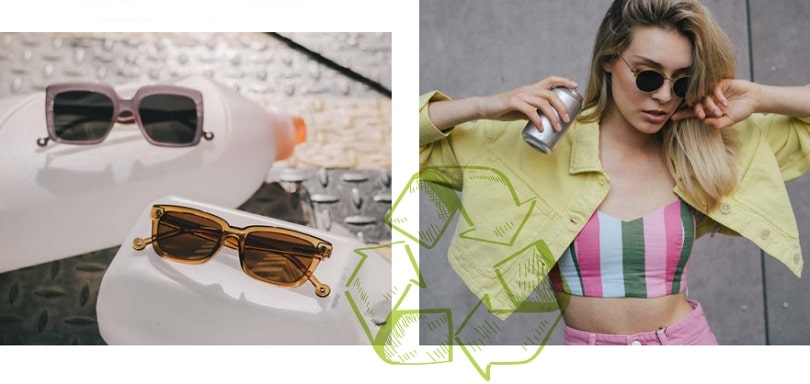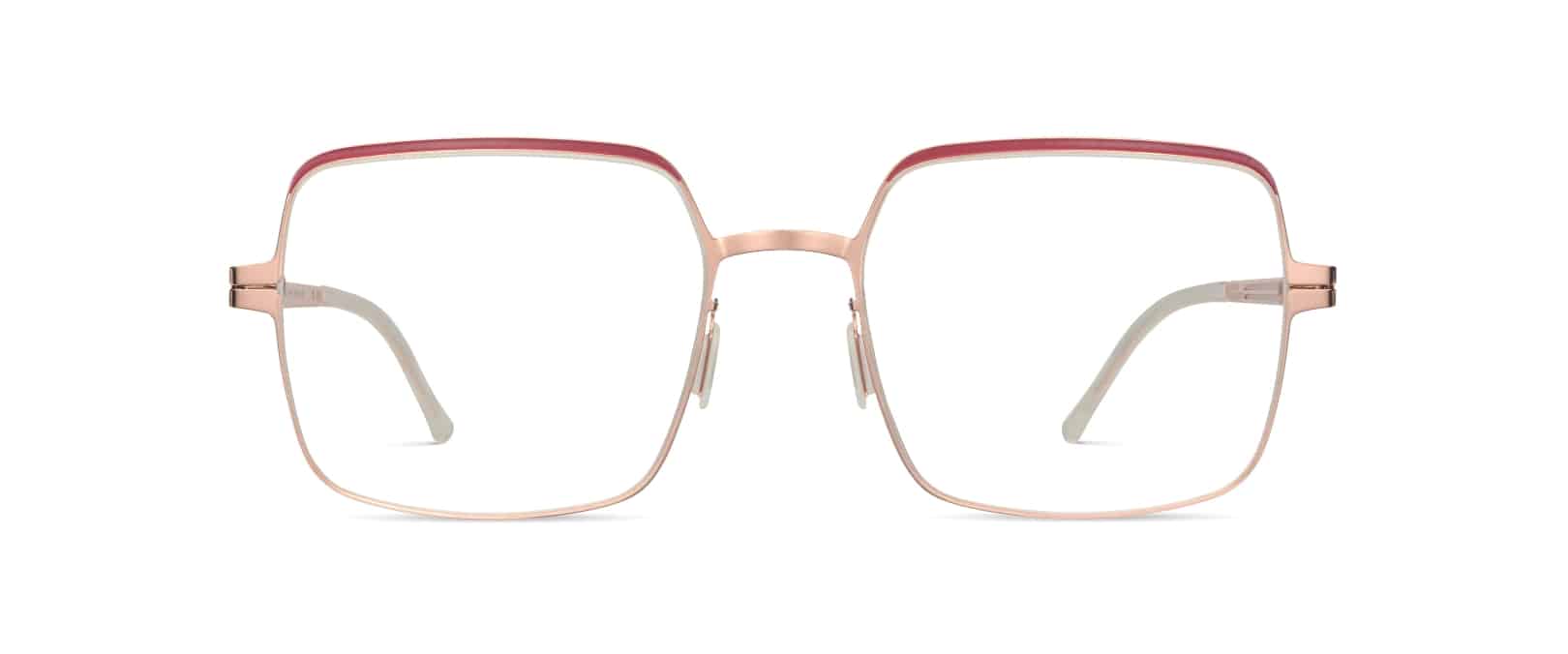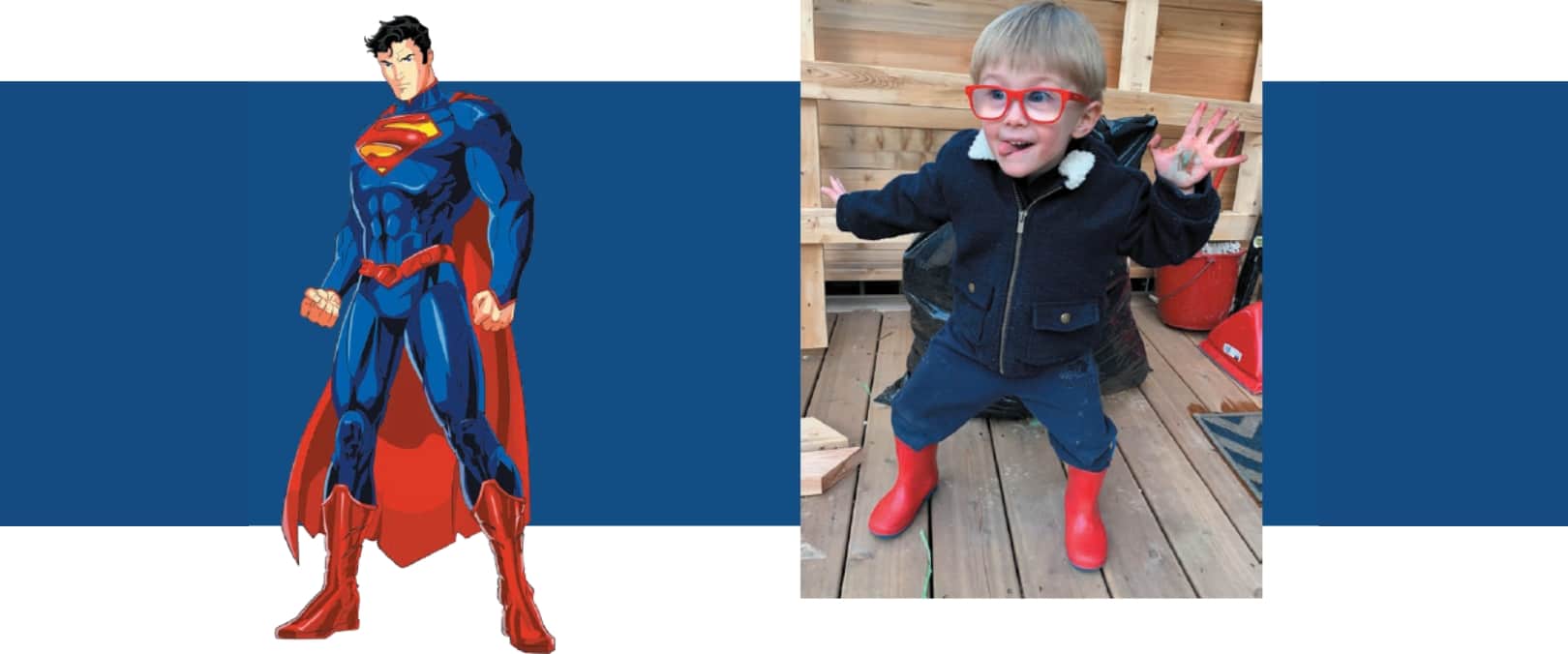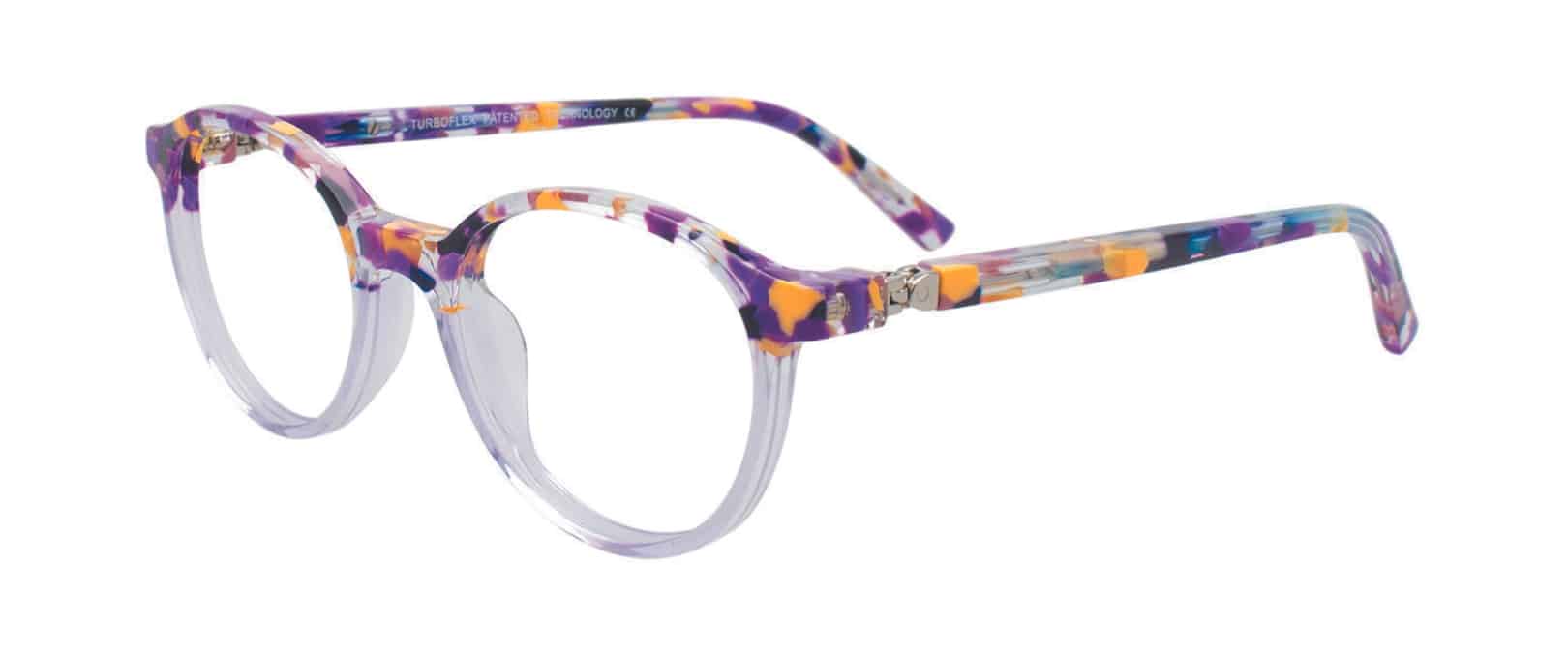Eco-Friendly Frames
Thursday, April 14 2022 | 02 h 11 min | News, Optik Magazine
By Jean-François Venne
Eyewear manufacturers are increasingly are reducing their environmental impact and turning to more ecological materials. From recycling to the production of innovative materials, there are no lack of new initiatives.
For several years, acetate frames have been very popular. “Cellulose acetate is made from mixing cellulose, which comes from wood or cotton, with a chemical base. That base is usually made from fossil sources, like petroleum or coal,” says Rachel Oakley, global market segment leader at Eastman Chemical.
To correct this, Eastman Chemical has developed Acetate Renew™. “To make our Acetate Renew flakes, we replace the chemical base with hard-to-recycle plastic wastes processed by our molecular recycling technology,” explains Oakley. “This gets combined with bio-based content derived from sustainably managed forests.” Eastman supplies this material to acetate sheet manufacturers, such as Mazzucchelli, and to frame manufacturers.
Eyewear manufacturers such as Marchon, Kenmark and ANDY WOLF have announced their intention to use Acetate Renew. Sàfilo will switch all their collections to Acetate Renew and Tritan™ Renew, another Eastman product that is used to make lenses and contains up to 50% recycled content. Already, Salvatore Ferragamo sunglasses are made with Acetate Renew, while Tritan Renew lenses are used in the Polaroid line.
Marine Treasures
More and more eyewear manufacturers are embracing the use of waste materials in the manufacture of frames. One such company is Waterhaul, founded in 2018, which offers frames made from discarded fishing nets.
Every year, between 500,000 and one million tons of fishing nets made of synthetic fibres, nylon and other plastics are discarded or lost in the oceans. They kill an estimated 650,000 marine animals annually. “I first came across that problem during a volunteer work project in Malaysia and it really opened my eyes,” says Harry Dennis, marine biologist and founder of Waterhaul.
A resident of Cornwall, UK, he wanted to find a way to recover and recycle these nets. He realized that the materials in them are very strong and ideal for making frames. He partnered with an Italian company to experiment and come up with the final product. His frames are fitted with Barberini mineral lenses.
A Better World
In Spain, Parafina has specialized in making frames with six recycled materials since it was founded in 2014. The company offers sunglasses, reading glasses, screen glasses and children’s glasses. It uses two kinds of recycled plastic, PET, which comes from water bottles, for example, and the more rigid HDPE, which is found in detergent or shampoo bottles. Parafina also uses recycled cork, rubber, bamboo and metal.
The company holds B Corp certification, which recognizes its transparency and compliance with certain social, environmental and governance requirements.
Canada Gets Involved
The green wave is also gaining momentum in Canada, as two very recent projects show. One of them, Shyne Eywear, was launched by two students at the University of Ottawa in 2018. “While working in clothing stores, they witnessed a lot of waste, like plastic hangers that were massively dumped in the garbage after one use,” explains Alexander Parsan, Shyne Eyewear’s project manager. “They were looking for a way to reuse this plastic waste.”
After some testing, they turned to Italian companies Aquafil and Danor. Aquafil produces Econyl nylon from textile waste and fishing nets. Danor uses it to make Shyne’s sunglasses and screen glasses. Sàfilo, in particular, has also used Econyl since 2020, for example in Tommy Hilfiger models.
This material adds a little to the cost of making the frames, which is also the case with Acetate Renew. Each Shyne Eyewear frame is priced at $70, which is still relatively affordable, says Alexander Parsan. “We give back 5 dollars of each of our sale to local charities,” he adds.
Another Ottawa resident, Chris Anderson, focuses on recycling wood from skateboards and snowboards to make his SKRP sunglasses. “While traveling in Nova Scotia, in 2012, I came across a shop selling products made out of the wood from recycled skateboards. I wanted to try that myself. Since I love sunglasses, I started with that,” he says.
At first he sold only through his website, but now he distributes to boutiques and even a few opticians. This helps him meet the demand of customers who want to insert prescription lenses into his frames. He finds his used skateboards or snowboards through partnerships with stores, ski hills and distribution companies. “The aim is to prevent as much of these products as possible from ending up in landfills,” he says.
Go to Optik Magazine, March-April 2022 issue to read the full article!







